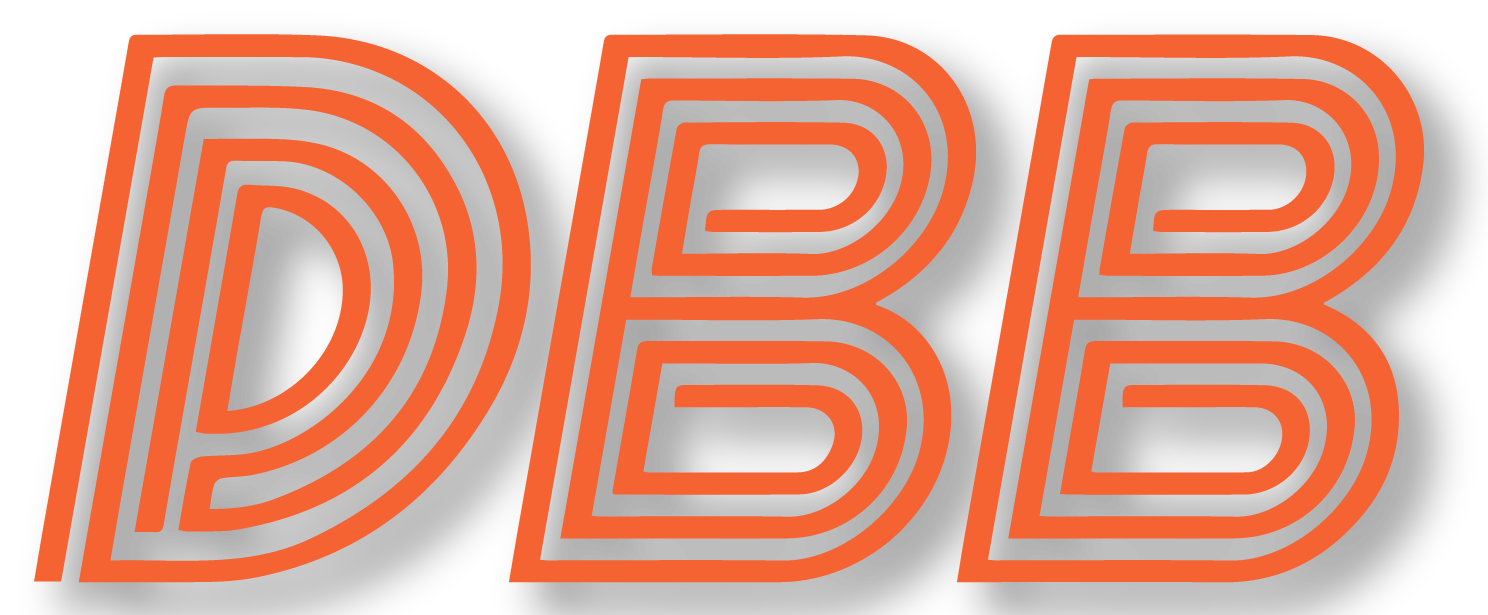I’ve been writing a bunch of articles lately about how the Bears are expected to improve, so now I want to focus on what level they have to reach in order to make the playoffs.
As I’ve said before, there is some precedent to teams who have been as bad as the Bears over the last few years going straight to the playoffs in recent NFL history, but not many make that big of a jump. I still think it’s more likely that the Bears end up somewhere around average this year and are poised to make a playoff push in 2019.
But if they are to be one of the few that jump directly to the playoffs, what type of improvement will they have to show? In an effort to answer this question, I looked at the offensive and defensive rankings in terms of points per game for every team from 2008-17. I then looked at what those profiles looked like for playoff teams.
Crunching the Data
Unsurprisingly, teams that had better offenses and defenses made the playoffs more often. I generally split the rankings into quartiles (1-8, 9-16, 17-24, and 25-32) and grouped teams based on their combination of stronger and weaker unit. We’ll tentatively call 1-8 good, 9-16 above average, 17-24 below average, and 25-32 bad. The results can be seen in the table below, or full raw data can be viewed here.
So we basically have four different categories of teams that consistently make the playoffs.





